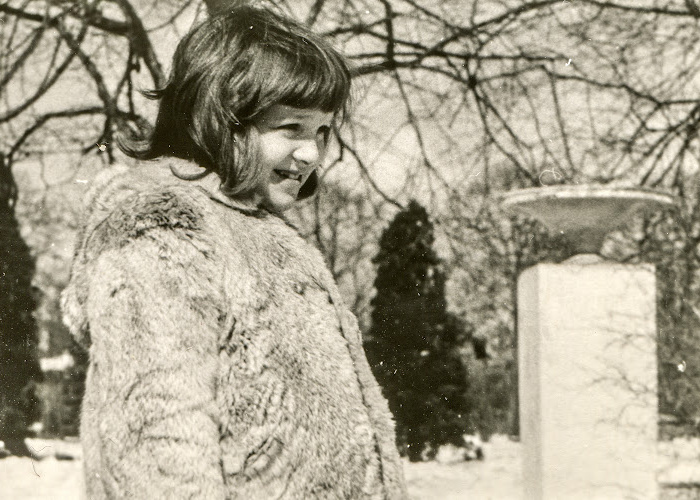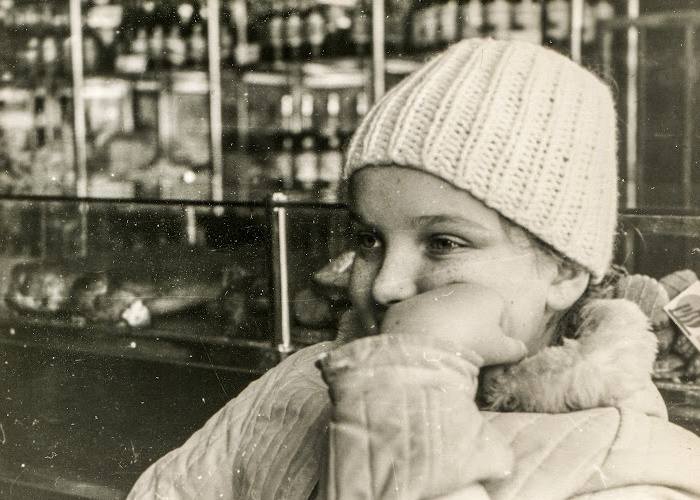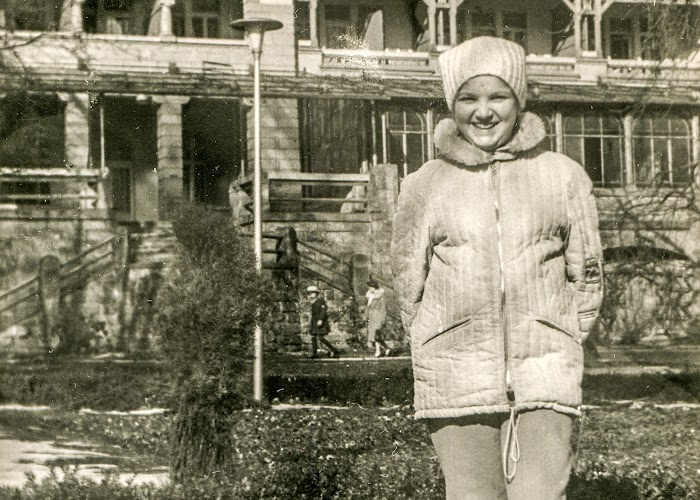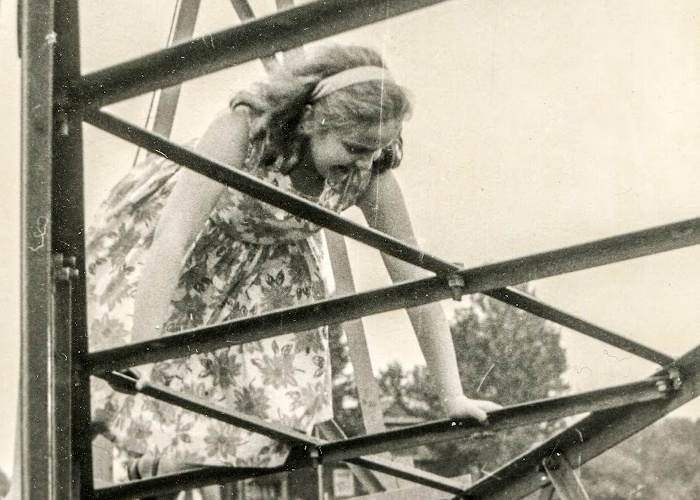It's crucial to know that students with autism and ADHD need special study strategies. Autism…

How Were Autistic People treated in the 1950s and 1960s?
The 1950s and 1960s were a challenging time for autistic individuals. Our understanding of autism was still in its infancy, and access to support and accommodations was extremely limited. Many autistic people were institutionalized, mistreated, or undiagnosed during this era.
In this blog post, we will take a closer look at how autism was viewed and how autistic people were treated throughout these two pivotal decades.
The Rise of Autism Diagnoses
The term “autism” first emerged in the 1910s, but it did not enter mainstream medicine until the 1940s. In 1943, psychiatrist Leo Kanner published a paper describing 11 children who exhibited what he termed “early infantile autism.” Around the same time, Austrian pediatrician Hans Asperger also documented a group of children with social and communication difficulties, who later became known as having Asperger’s syndrome.
These initial descriptions sparked interest in autism diagnoses. Throughout the 1950s and 1960s, diagnoses of childhood autism steadily increased, though the criteria and understanding remained limited. At this time, autism was thought to be a very rare condition, occurring in just 3-4 out of every 10,000 children. We now know autism impacts about 1 in every 54 children in the United States.
The Refrigerator Mother Theory
In the 1950s and 1960s, the causes of autism were poorly understood. At the time, many psychiatrists subscribed to the idea that autism was caused by emotionally distant “refrigerator mothers” who failed to bond properly with their children.
Bruno Bettelheim was a prominent proponent of the refrigerator mother theory. In his 1967 book The Empty Fortress, he described autism as “a lifelong emotional disturbance” caused by mothers who did not love their children enough. This inaccurate theory further stigmatized autism and caused many parents to feel blamed for their child’s condition.
We now know that autism has biological origins and is not caused by parental behavior. But the refrigerator mother theory had a lasting negative impact on public perceptions of autism. It also delayed more scientific research into the true causes.

Limited Education and Services
In the 1950s and 1960s, educational and therapeutic services for autistic individuals were extremely scarce. There were no federal laws mandating access to public education for children with disabilities at this time. Most autistic children were excluded from public schools and lacked access to services like speech therapy, occupational therapy, and tailored instruction.
If services were provided, they were often only available in segregated special education classrooms or institutions. The methods used frequently focused on trying to make autistic children “normal” through rigid behavior modification plans. There was little focus on providing accommodations, embracing neurodiversity, or teaching self-advocacy skills.
Growth of Institutions and Asylums
With few community-based services available, many autistic individuals were sent to live in psychiatric hospitals, institutions, and asylums during the 1950s and 1960s. At these facilities, autistic people frequently endured inhumane treatment, restraint, seclusion, heavy medication, and even electroshock therapy to try to change their behavior.
Bruno Bettelheim ran the Sonia Shankman Orthogenic School at the University of Chicago, where he employed rigid behavioral interventions aimed at making autistic children “normal.” In New York, Dr. Bela B. Schick subjected autistic patients – some as young as 5 years old – to seclusion, restraints, medication, and electroshock therapy at Creedmoor Psychiatric Center.
These institutional practices often did far more harm than good. Many autistic adults who grew up in institutions during this era endured lifelong trauma and abuse.

Limited Life Outcomes
The lack of understanding of autism and limited supportive services resulted in extremely poor life outcomes for most autistic individuals in the 1950s-1960s. Most did not complete high school or gain independent living skills. Unemployment, poverty, and dependence on family members throughout adulthood was common.
Some higher functioning autistic people were able to work in sheltered workshops or repetitive jobs, though autism often went unidentified. Lower functioning individuals often remained housed in institutions as adults. The average life expectancy for autistic people was greatly reduced compared to the general population.
Progress Still Needed Today
While we have made tremendous strides in understanding autism and providing supportive services, we still have progress to make. Autistic individuals continue to face higher rates of bullying, depression, poverty, and discrimination. We need to work to ensure equal access to education, employment, housing, and health services.
By understanding how autism was misunderstood and mistreated in the past, we can advocate for more compassion, inclusion, and support moving forward. Celebrating neurodiversity and empowering autistic voices is critical.

Frequently Asked Questions
Here are answers to some frequently asked questions about how autism was viewed and how autistic people were treated during the 1950s and 1960s.
When was autism first identified?
The term “autism” emerged in the 1910s, but autism was not widely recognized in medicine until the 1940s. Leo Kanner published the first major paper describing autism symptoms in 1943. Around the same time, Hans Asperger documented similar symptoms, leading to the later identification of Asperger’s syndrome. These early studies marked the initial medical descriptions of autism.
What was the refrigerator mother theory?
The refrigerator mother theory, prominent in the 1950s and 1960s, hypothesised that autism was caused by emotionally cold and distant mothers who failed to properly bond with their children. Psychiatrist Bruno Bettelheim promoted this theory, wrongly blaming mothers. We now know autism has biological causes.
Why were autistic individuals institutionalized?
With limited autism research and few community services available, many autistic children and adults were housed in psychiatric hospitals, institutions, and asylums. These facilities often mistreated patients with restraints, seclusion, sedation, and even electroshock therapy to make them “normal.”
What educational services existed for autistic students?
Very few. There were no federal special education laws, so most autistic children were excluded from public schools. Some received special education in segregated classrooms focused on rigid behavior modification. Teaching self-advocacy and providing accommodations were rare.
How did higher functioning autistic adults work?
Some higher functioning autistic adults worked, though often undiagnosed. Many worked in sheltered workshops or repetitive, low-skill jobs. Finding mainstream, stable employment was challenging without autism awareness and accommodations.
What institutional treatments were used for autism?
Institutions tried to modify behavior using punishments, restraints, seclusion, sedation, and even electroshock therapy. The goal was making patients appear “normal,” not providing skills training or accommodations for quality of life based on needs. These practices often caused trauma.
What were typical outcomes for autistic individuals?
Poor. Most did not complete school, gain independent living skills, or find employment. Many remained dependent on family their whole lives. Some lived in institutions from childhood through adulthood. Life expectancy was reduced and poverty was common.
Was autism well understood medically?
No. In the 1950s and 1960s autism was newly described but poorly understood. It was thought to be incredibly rare, with limited diagnostic criteria. Effective interventions and services were lacking. Autism research was in its infancy.
How were parents impacted by a child’s autism diagnosis?
Many felt blamed due to the popularity of the refrigerator mother theory. Families lacked support services and information to understand their child’s needs. The lack of community resources often meant choosing between raising their child without help or institutionalizing them.
What progress still needs to be made today?
While awareness and services have improved, discrimination and barriers to education, employment, and healthcare persist. More work is needed to embrace neurodiversity, empower autistic voices in advocacy and policy, and make society more inclusive.
How were autistic children disciplined and managed?
Harsh behavior modification and restraints were commonly used to try to control autistic behavior. Corporal punishment for “non-compliance” was also sometimes used. The focus was on molding autistic children to appear “normal,” not on meeting their needs.
Were there any autism advocacy groups?
No. In the 1950s and 1960s, autism advocacy was non-existent. Parents were isolated and lacked support. The National Society for Autistic Children, one of the first advocacy groups, was not founded until the 1960s. Self-advocacy by autistic individuals emerged even later.
What terminology was used historically?
Offensive and outdated terms like “mentally retarded” and “childhood schizophrenia” were often applied to autistic individuals. Ident identity-first language like “autistic person” was not widely used until advocated for by the neurodiversity movement decades later.
How were autistic traits and behaviors viewed?
Negative stereotypes dominated, viewing autistic traits as defective and in need of correction. Autistic people were made to mask and reduce stimming. Special interests were discouraged. Nonconforming communication and needs were poorly accommodated. The focus was on appearing “normal.”



This Post Has 0 Comments